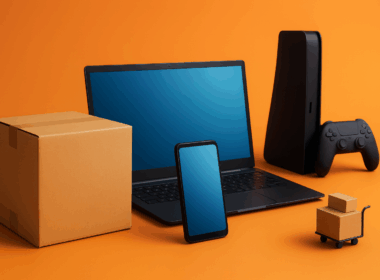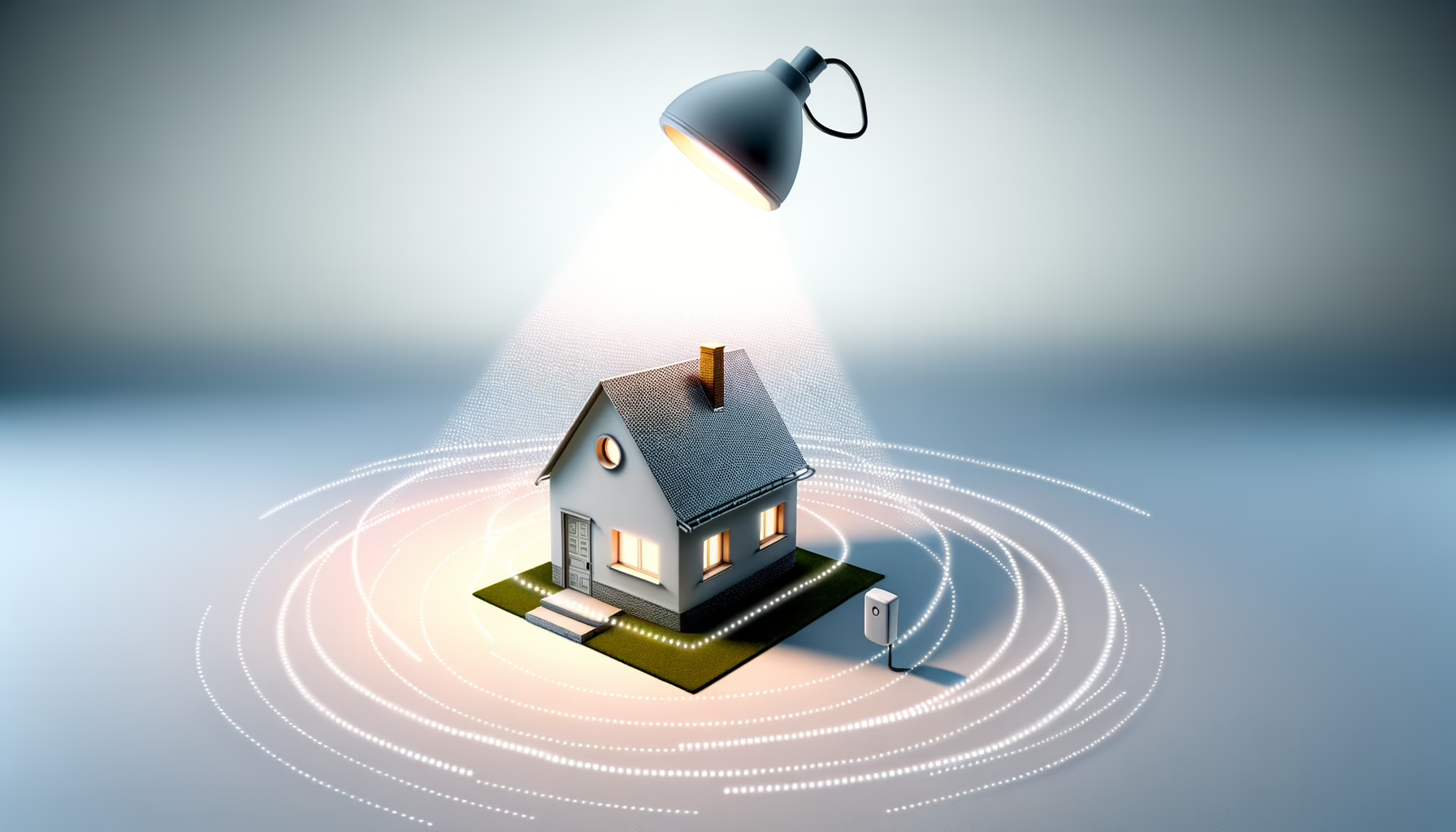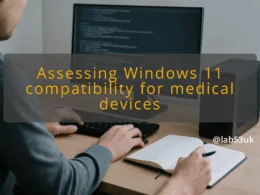Introduction
Ever left home and wondered if you’d switched everything off? Or perhaps, you’re tired of adjusting your thermostat constantly. Geofencing just might be the solution to these mundane issues. With this nifty feature, your smart home can anticipate your movements and adjust itself accordingly — almost like magic but backed by tech.
Geofencing is revolutionising how we interact with our smart devices by using location-based triggers to manage our home environments. It’s worth pondering how this technology not only enhances our convenience but also plays a role in improving efficiency around the house.
What is Geofencing?
Geofencing employs GPS and other tracking technologies to create virtual boundaries — think of them as an invisible fence. When you cross these boundaries, your devices can initiate specific actions. For example, your smart lights can switch off the moment you leave home, or the heating can kick in just before you arrive. It’s the kind of hands-off control that many tech enthusiasts dream about.
In essence, geofencing automates your home routines based on your physical location. It’s also versatile: it can use various technologies, including Wi-Fi, Bluetooth, and even RFID to function effectively. This means you can establish proximity-based rules for your smart devices that respond precisely when you need them to.
Practical Applications of Geofencing
The benefits of geofencing extend across various aspects of home automation. Here are some practical applications:
- Home Security: Geofencing can send alerts if your home security system detects movement when you’re away. It can also automatically arm the system as you leave.
- Energy Efficiency: Smart thermostats, when coupled with geofencing, can adjust themselves based on your whereabouts. Isolated from the home, the heating can reduce itself, saving energy.
- Personalised Living: You can programme your devices to react according to your routine. For instance, soft lighting might come on when you arrive home after dark.
- Pet and Child Monitoring: Parents can receive alerts if their children or pets cross designated boundaries, offering peace of mind during outings.
- Automated Appliances: Imagine your coffee pot brewing automatically when you’re 10 minutes away from home — a simple pleasure made possible by geofencing.
These applications highlight how geofencing can offer not only convenience but also help save on energy bills and improve security.
Setting Up Geofencing: What You Need to Know
Starting with geofencing might seem daunting at first, but it can be as simple as using a smart home app. Typically, you’ll need to download the app associated with your devices and enable location services. Here’s how to get going:
- Choose Your Device: Not all smart devices support geofencing, so ensure yours does. Check compatibility in your device’s specifications or the manufacturer’s website.
- Set the Geofence: Use your smart home app to define a virtual boundary. This might be a radius around your home, or you could set multiple areas for different routines.
- Configure Actions: Decide what happens when you enter or leave the zone. Start with simple actions like turning lights on/off, and move on to more complex scenarios as you get comfortable.
- Test Your Setup: Walk in and out of your defined geofence to see if the actions trigger as expected. If not, it might be time to adjust the radius or check your location settings.
Despite its ease, setup can be complex, especially if you want multi-step routines. Patience is key, and don’t hesitate to seek help from online communities if you hit snags.
Privacy Considerations
Geofencing relies on location data, which can raise eyebrows regarding how much data is collected and who has access to it. Companies need your location to provide geofencing features, but this also means your data could be vulnerable if not adequately protected.
Ensure you thoroughly read the privacy policies of the smart home devices and apps you’re using. Look for options that let you control the information shared, such as disabling location services when not in use. It’s crucial to weigh the convenience offered by geofencing against potential risks to your privacy.
In summary, always opt for brands that prioritise user privacy and be vigilant about what data you share.
Final Thoughts
Geofencing is undeniably a game changer for anyone looking to enhance their smart home interactions. While it may require some upfront learning to set up and fine-tune your geofenced devices, the payoff in convenience and efficiency is well worth it.
As you embrace geofencing, remember to balance its benefits with your privacy concerns. With the right precautions, you can enjoy a seamless interaction with your home that adapts to your lifestyle — making your life a bit easier, one automated action at a time.









